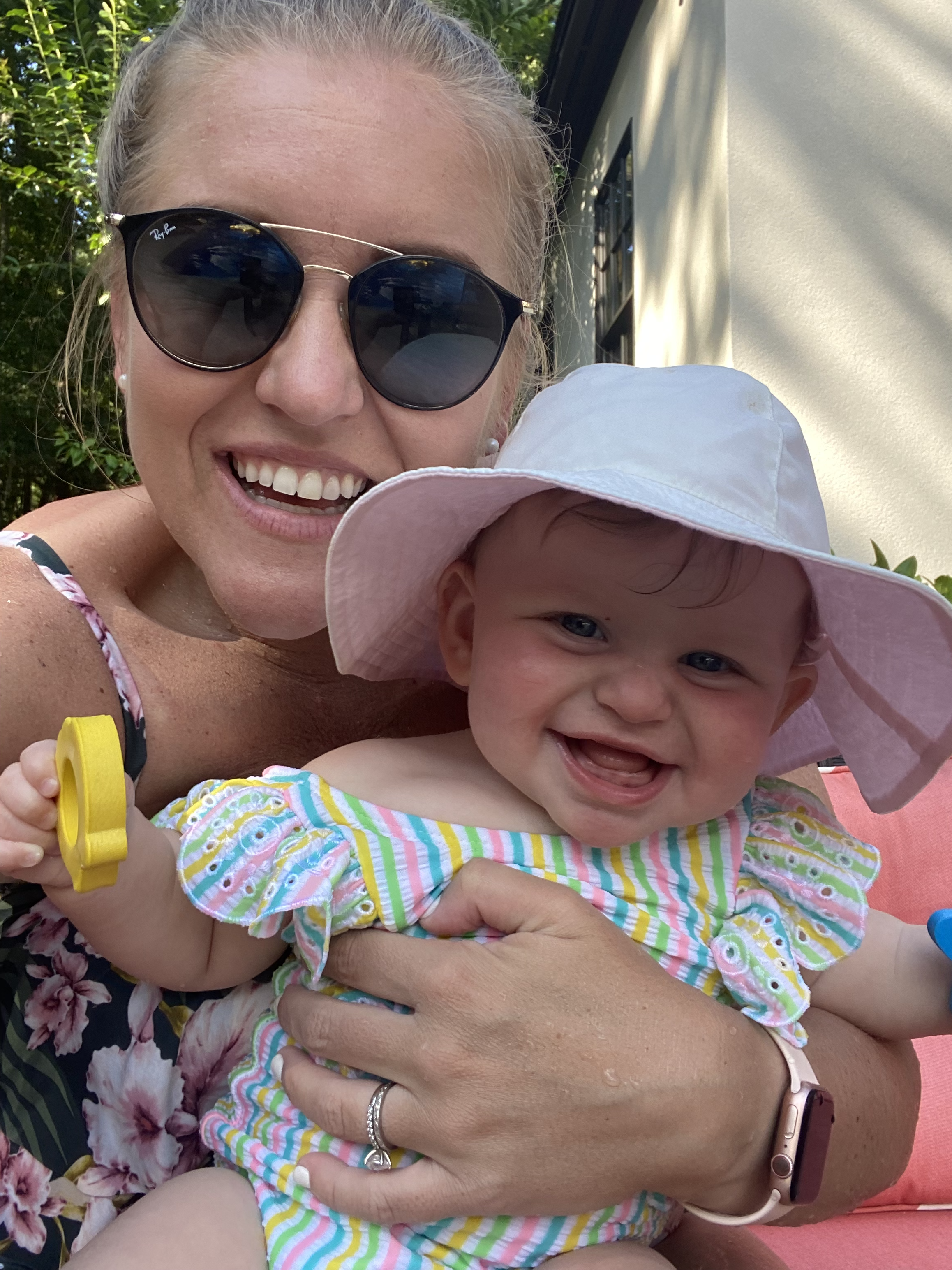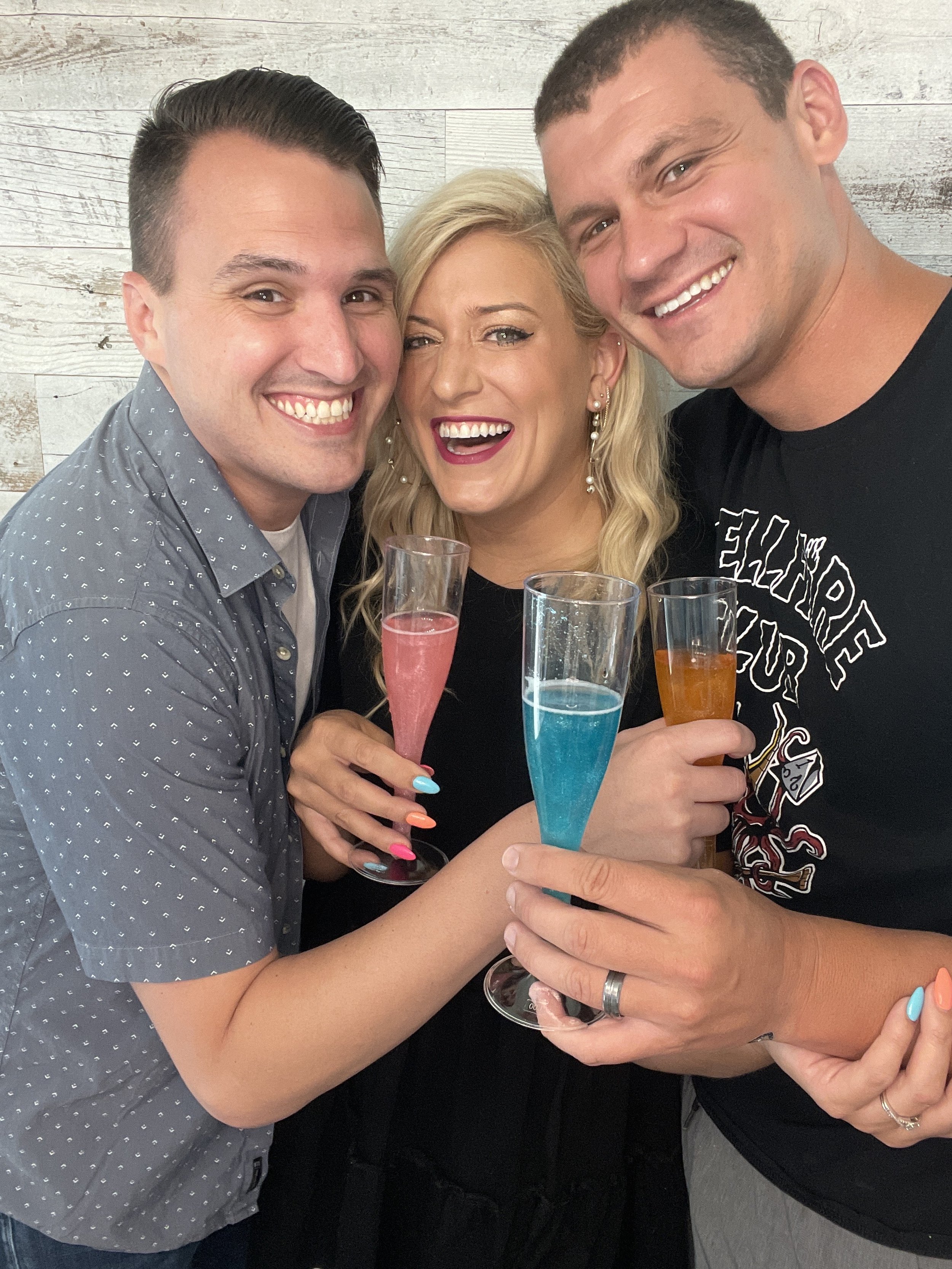taylor at tribeca
/Taylor Swift on fighting imposter syndrome and becoming a director.
As I walk onto Broadway to find the line for the Beacon Theater to see Taylor Swift speak about her short film All Too Well as part of the Tribeca Film Festival, I see another crowd forming. It seems to be people without tickets to the talk, hoping to catch a glimpse of Taylor when she arrives.
The crowd starts singing “All Too Well” at the top of their lungs on 75th street.
I smile and turn the other direction to find the line for the event.
Waiting with me are mostly pairs or trios of women in their 20’s and 30’s. I see yellow dresses and pink dresses and red dresses and quite a few cream knit cardigans. I also see one guy in a red shirt and shiny white loafers, and another carrying a Taylor Swift tote bag, wearing a dark red scarf around his neck.
We go through security and I buy a Tribeca Film Festival black hat and grey T-shirt and then find my seat in the balcony.
As we wait, everyone cheers every time Taylor’s photo comes up on the screen. It reminds me a little of the last time I was with other Taylor Swift fans, except that was 2018, and there were tens of thousands of them at the Rose Bowl.
This is a smaller theater.
And Mike Mills is here. He’s a filmmaker Taylor reached out to as the one she wanted to interview her for this because she loves his work, especially C’mon C’mon.
He has almost a Dr. Emmet Brown look but the calm, kind, and encouraging demeanor of your favorite professor.
He compliments her on her impressive directorial work and sits in awe during many of her answers to his questions as she talks in depth about her intentions for the film and the characters and their arcs.
She is clearly a writer-director, he says, though he doesn’t have to say it for us to know it.
Next he asks her how she developed her interest in film, and why she decided to pursue it.
“It started with meddling,” she jokes, referring to when she started hanging out in the editing rooms for her early music videos.
Then she started writing treatments, like the one she wrote for “The Man.” She knew she wanted a female director for it, but all the ones she wanted were booked (which she was also happy to hear). So she wondered…
“Maybe I could do it?”
Going from writer to making shot lists came naturally, and, as a writer myself who also started filmmaking a few years ago, it’s easy to understand. Because she’s a storyteller. And storytellers can tell stories in a variety of mediums. The challenge is in believing they’re allowed to.
Taylor had long been interested in film, but resisted it for so long for the same reason I did.
“It was something I thought other people did,” she says. “I had this imposter syndrome. No, you don’t do that, other people who go to school for that do that.”
And what helped her finally take the leap was losing everything.
And by everything I mean her music, and her ability to own it.
She says about the time she learned she wasn’t going to be able to own her work was “a very tough time.” But that time, she said, got her here, and gave her the opportunity to re-record and own her work, opening the door for the world to finally hear (and now see) the original 10-minute version of “All Too Well.”
Throughout the talk she also shares some incredible insights into her intentions from the film, like how:
The opening Pablo Neruda quote is one Taylor loves and is meant to begin the allusions that the protagonist is a writer.
The font for the film was created especially for it, and resembles the font in the novel the older version of the character, played by Taylor, reads at the end. The chapter markers throughout the film are foreshadowing the chapters that will be in the novel.
The red typewriter “she” begins writing on towards the end of the film is also something you see in “his” house (the character’s are named “him” and “her”) and Taylor uses it as a motif to show that perhaps she loved it and he gave it to her, a metaphor for the idea that even though the relationship wrecked her it also gave her something as a writer.
The kitchen scene was one take, improv, and the audio wasn’t necessarily intended to be in the final film. Sadie Sink and Dylan O’Brien who play “her” and “him” surprised the audience and came out and talked about how much they loved working with Taylor as a director and what a unique gift it was to feel so trusted to improv and bring their full artistic selves to the table. For example, Dylan talked about how there is a lot they kind of repeat in that scene and that most directors would cut that out, but how that kind of repetition is actually more realistic to how people speak (and especially how they argue). Both he and Sadie praised Taylor’s artistic approach and ability to create an atmosphere where they could give their very best.
Then the interviewer asks Taylor if she would ever consider directing feature films and she said yes (and I might have quietly whispered “yessss” and held my right hand in a fist when she did).
She says she’d want to keep it small-scale and intimate like this film. Ever since I saw Sara Bareilles in Waitress I’ve hoped Taylor would write a full-scale original musical one day. A feature film will do too. I’m sure I’m not the only one who isn’t at all surprised that Taylor’s storytelling skills expand outside of the music business, because for those really listening, it’s obvious that what she does can translate to any art form, any stage, and we would love to see it.
The interviewer then talks about the treatments she writes and how he was blown away by the extensive one she wrote for the All Too Well short film. No one ever never sees those treatments outside of the crew and actors…it’s part of what’s used to sell them on the idea. (I would like to buy a book of all of Taylor Swift’s treatments, anyone else?)
She then references the film feeling like an art project, and how when she released it she had that child-like excitement of, “Here I made a thing.”
Taylor also goes out of her way to acknowledge her privilege in being able to finance her own film, and talks about how difficult it can be for female filmmakers who don’t have that privilege to break in. Her advice: “Really lean on supportive people who believe in you.”
And then…they bring out a mic and a guitar and she asks us if we have 10 more minutes to spare.
She sings an acoustic version of the 10-minute version of “All Too Well.”
It’s quiet at first, people listening, savoring the sound of Taylor’s voice live again, something most die-hard fans haven’t been able to hear since 2018, something some people, like the Beacon Theater worker I talk to afterwards, have never heard live before.
But the quiet doesn’t last long.
We all sing/shout, “F--- the patriarchy,” and when we do I ugly-cry.
Taylor receives a standing ovation when she finishes, and as people walk past me on their way I out I overhear things like, “I can die happy now” and “What is life?”
I sit on the red plush seat, still stunned, as everyone around me takes pictures and files out the doors. That’s when the Beacon Theater worker and I start talking:
“Wow,” she says.
“Are you a Taylor Swift fan?” I ask.
She says she is, but has never heard her live before. She’s wearing a Beacon Theater grey polo, and her shortnblack curls bounce as we both talk in the now almost empty theater about how Taylor’s amplified voice makes us feel.





























